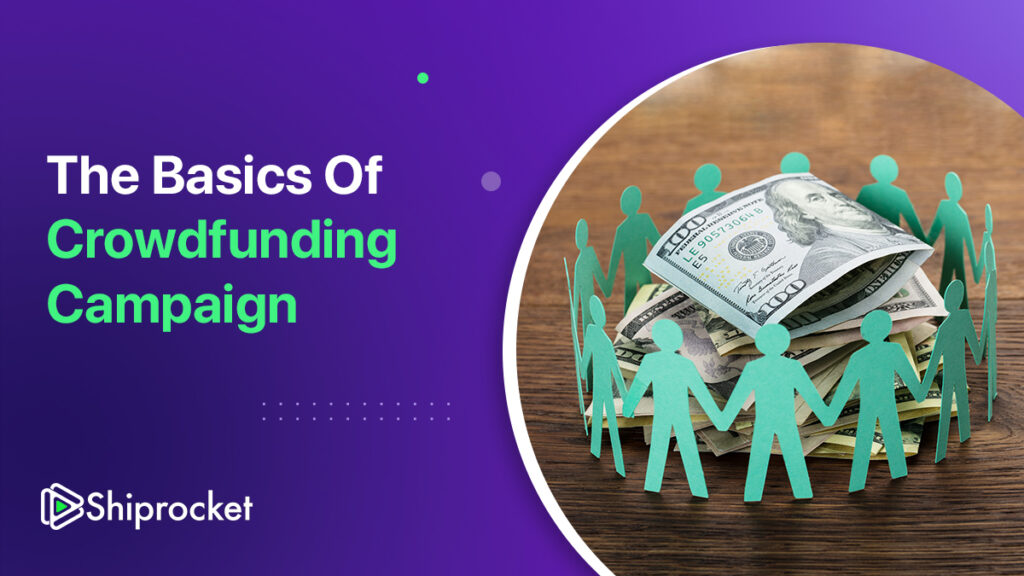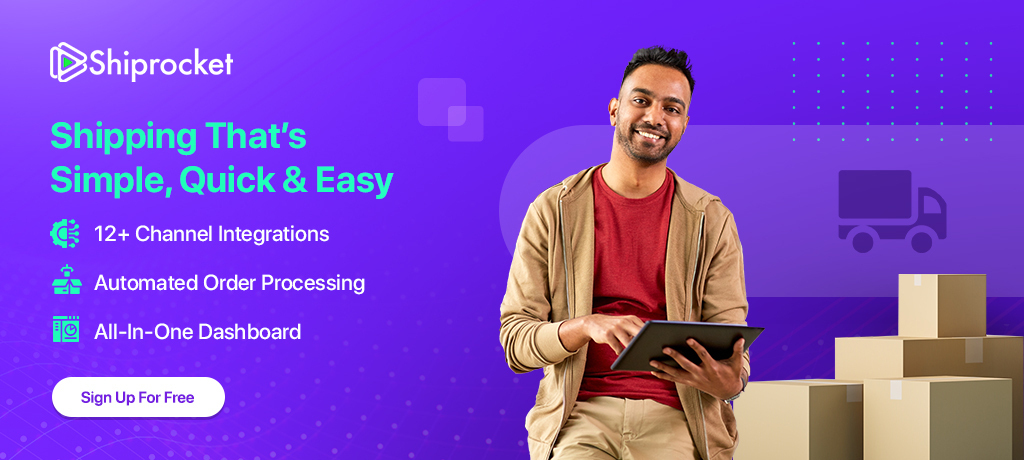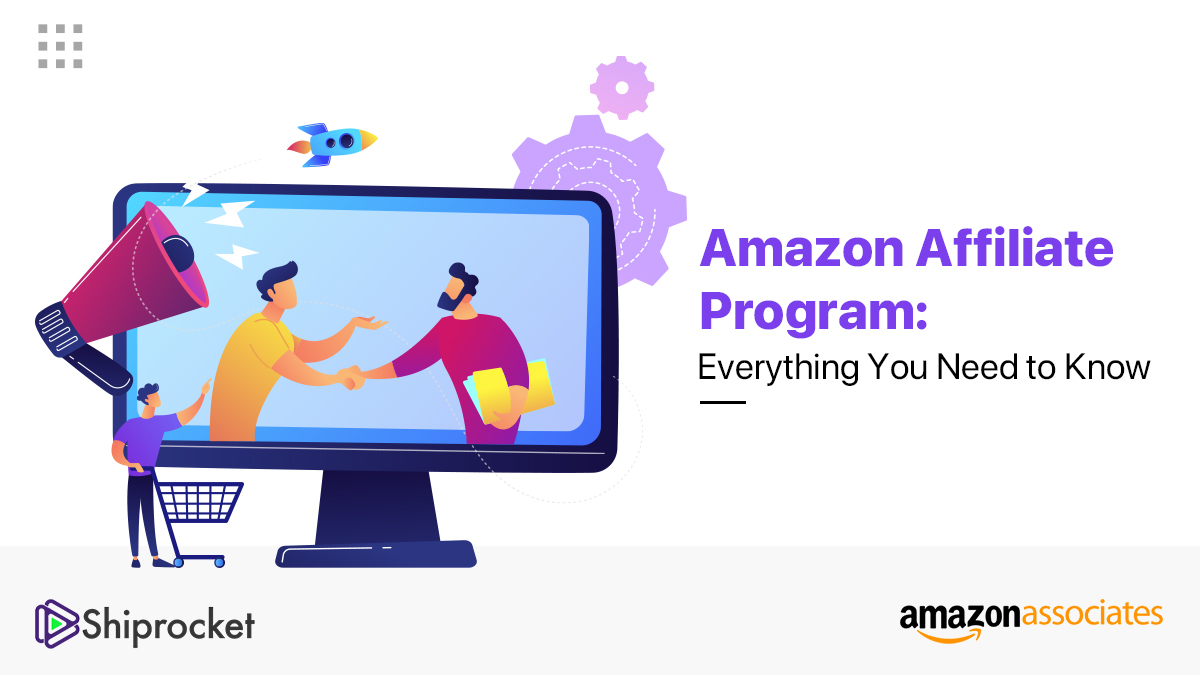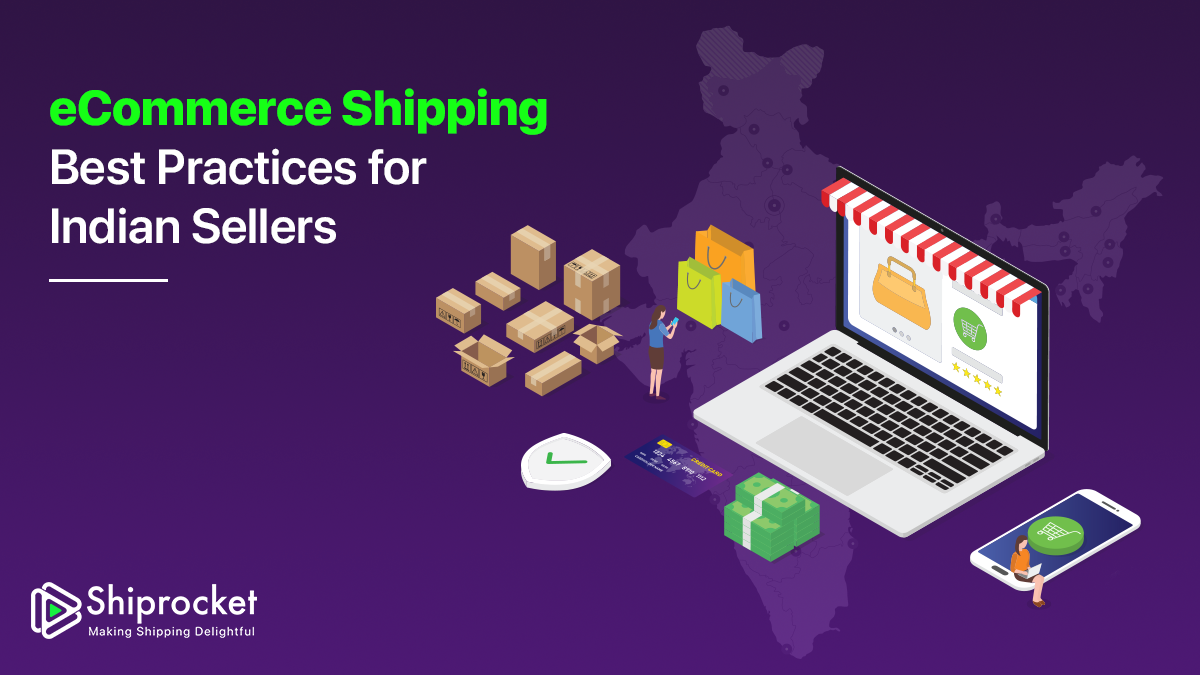The Basics of Crowdfunding Campaign

Crowdfunding is using small donations from lots of people to finance a business without using regular channels. These businesses can start-up or start new projects by getting the essential boost to cash flow. Most of these campaigns take place online, have predetermined deadlines for when money can be raised, and specify precise financial objectives.
Types of Crowdfunding
While there are four types of crowdfunding, each receives money from interested donors. Here’s a breakdown of each one:
- Donation: Donation-based crowdfunding is when people give a campaign, company or person money for nothing in return. Let’s say you create a crowdfunding campaign to purchase new equipment for your company. The individuals who give you money do it out of support for the growth of your business and nothing else.
- Debt: Debt-based donations are peer-to-peer (P2P) lending, a form of crowdfunding. In debt-based contributions, the money pledged by backers is a loan and must be repaid-with interest by a specific deadline.
- Rewards: This is when donors receive something in return for their donations. The rewards vary by the donation size, which incentivizes higher contributions. Based on how much money participants give to a campaign, they may receive a T-shirt, the product or the service – often at a discounted rate.
- Equity: While some crowdfunding campaigns don’t allow backers to own a portion of the company they’re supporting, equity-based crowdfunding allows small businesses and startups to give away a part of their business in exchange for funding. These donations are a type of investment where participants receive shares in the company based on how much money they contribute.

Some Examples of Successful Crowdfunding Sites
You can use many online crowdfunding platforms to kick off your business. Here are four top crowdfunding sites you can use to grow your company.
Kickstarter
Kickstarter has been a rewards-based donation platform helping companies raise money since 2009. It has raised more than $5 billion for projects. The site is easy to use. You set a monetary goal and the amount of time you want to reach it. You then share your project with the community in hopes of finding backers.
GoFundMe
GoFund Me is a donation-based crowdfunding company, and although it’s famously used for more charitable initiatives, businesses can also take advantage of the platform. Statistically, 1 in 10 campaigns is fully funded on the site. This is an excellent option for nonprofit organisations and businesses with service-based industries.
Lending Club
Lending Club is a debt-based crowdfunding site because it is a P2P lending platform. It offers up to $40,000 in personal loans and up to $500,000 in small business financing. Each loan term is three or five years. To qualify, your company needs to have been in operation for at least a year; the applicant must own at least 20% of the business and have an annual sales revenue of $50,000.
Indiegogo
Indiegogo is a reward-based platform that offers two kinds of funding. Fixed funding allows you to set a goal for a certain amount of money; if you don’t reach your target, all funds are returned to donors. Flexible funding is when you’re looking for any amount of monetary support, all of which you can keep whether you hit your goal or not.
How Does Crowdfunding Benefit Investors?
Investors have a lot to gain from putting their money into crowdfunding campaigns.
- Investors appreciate a low-risk venture, and crowdfunding offers just that. Since it’s not part of the financial market, investors don’t have to worry about the effects of the economy or stock market impacting their investment.
- It’s easy to invest in a crowdfunding campaign. Investors can buy a project or company through a straightforward online process.
- Equity crowdfunding allows investors to fund multiple campaigns, which helps them to expand their financial opportunities and diversify their portfolios.
Tips for Crowdfunding Success
There’s no one-size-fits-all approach to crowdfunding, but there are three key places to start on your road to crowdfunding success.
1. Communicate With Backers
Young stressed the importance of being transparent with backers throughout the process, even after the campaign ends. He explained that nearly every product launch experiences delays, so you must expect things to go wrong and react honestly and transparently.
“A lot of it is simply ‘do you have good communication with your backers, even when things go wrong?’” Young said.
Toward the close of the campaign, it’s often good to update the community, explaining where to reach you next and whether you plan on shifting focus to preorders through your website.
Don’t be shy about keeping your backers in the loop once the campaign ends. A successful crowdfunding campaign centres on fostering relationships with supporters.
2. Share Relevant and Engaging Marketing Materials
A good batch of marketing materials will help your campaign stand out.
“It’s about making an emotional connection with someone just as much as it is about actually explaining what the product is,” Young said. “One of the huge reasons someone invested in the first place to Ample was simply because they thought that I was an authentic guy and that I seemed to care and be passionate about it.”
With new crowdfunding campaigns launching daily, making your campaign stand out from the others is essential. Creating strong marketing materials and spreading the movement through your network are the best ways of gaining recognition.
3. Prepare for the Campaign
For the best crowdfunding results, prepare for the campaign before launching. Spread the word to your family and friends. Be active on social media accounts before the launch. Give potential backers every chance to find you.
Creating the proper marketing materials also takes time. Taking a few extra weeks to develop a plan and build excitement around the campaign can help you hit your crowdfunding goal. Don’t try to film an educational video the day before the campaign starts; give yourself time to get it right.
Conclusion
Once your crowdfunding campaign closes, one of three things happens:
- Funds are returned to the backers if the drive doesn’t reach its target amount. Some crowdfunding websites still allow you to collect all the money you raised if you fail to reach your goal, though often at an additional expense.
- If the campaign were successful, you would receive the total amount of money you raised, minus processing fees. For example, Kickstarter charges a 5% fee for hosting the fundraiser and a percentage-based fee for payment processing. These payments are only required for successful crowdfunding projects and will not be charged to any that don’t reach their goal.
- Equity crowdfunding campaigns differ in how they conclude, as you still have an obligation to the backers. That obligation depends on how the donations play out.
While crowdfunding does not guarantee a project’s success or company’s longevity, it helps many entrepreneurs gain business experience and create relationships for other opportunities.







